By LAUREL BUSBY
Special to Circling the News
When 71-year-old Richard Holoff was 7 years old, the Bel Air Fire destroyed 484 homes and 6,090 acres in his neighborhood.
“Friends from my school lost homes,” Holoff said. “I know fire area issues, and I’ve experienced them. They stick with you.”
After the January 7 Palisades fire, Doug Suisman, director of The Canyon Alliance, reached out to Holoff after spotting his colorized landscape photos of Los Angeles online. Suisman planned an exhibit with maps and photos to welcome people back to Rustic and Santa Monica Canyons, and he asked Holoff if he would be interested in colorizing about two dozen black and white images. (The images are now memorialized online at click here.)
Holoff agreed immediately, but he refused to take money. “‘No, of course not,’” he said. “It’s for a good cause.”
Also, Holoff considers himself an amateur, even though he has colorized thousands of black and white photographs from a repository of more than 14,000 pictures owned by the L.A. Department of Water & Power.
Retired from a career in the pharmaceutical industry, Holoff began experimenting with colorizing the DWP pictures two years ago.
“I was having fun doing them as artwork,” Holoff said. “It was like coloring books for adults.” The colorization helps the pictures “come to life. That’s the whole point…. When I think of the 1920s and 1930s, I think of them in black and white. I can’t escape that. Color makes them more relatable.”
Holoff experimented with software from Topaz Labs to both clean up the black and white images and transform them to a higher resolution, he said. Adobe Photoshop would then be employed for an automated colorization, but it invariably had errors, such as picking two different colors for a flat wall, which Holoff then had to correct.
“Not all pictures would come out magically, but in 5 to 10 percent there would be something magical,” Holoff said. Perfect replication of the historical moment wasn’t his goal. “It was an artistic thing entirely. The fact that other people were then enjoying them. That was really cool to me. I was shocked when I got a call from Doug offering to pay me.”
Within a couple of days, Holoff had returned the colorized images to Suisman. Because he’d colorized thousands of images, his process had become speedy—around 15-20 minutes per image. He even shared another 250 images with Suisman that he had already colorized of nearby areas, including the California Incline, Castellammare and Santa Monica.
Unfortunately, he didn’t have old photographs from the parts of Pacific Palisades that burned, because he focused on areas that he had visited as a child when he would travel down Chautauqua or along Ocean Avenue to visit the beach.
“I have an affinity for the area even though it wasn’t my home turf,” said Holoff, a 1971 University High graduate. “Although in a way it was my home turf because we all went to the same beach. It held a lot of memories for me.”
The artistic aspect of colorization also connected to his original artistic career goals, which focused on playing guitar. As a young man, Holoff studied music and guitar at UCLA, even playing as a solo performer on KUSC in 1971 and 1972, he said. He also appeared on the KTLA television show Head Shop and was briefly part of an effort by Jan & Dean’s Jan Berry to revive the band.
Unfortunately, in 1974, Holoff developed carpal tunnel syndrome, then a little-known disorder, and had to stop playing guitar.
“The problems with my wrist became pronounced,” he said. “My whole musical career was derailed.”
He pivoted to become a sociology major, which helped him with dealing with people in his later pharmaceutical sales career at both Rorer Pharmaceuticals, where he helped market Advil and Robitussin, and Glaxos Smith Kline, where he worked in the oral health care division with Sensodyne toothpaste.
Nine years ago, he retired, and, a few years later, colorizing photos became one of his hobbies. As his skills and popularity grew, occasional criticism of the historical accuracy of his photos began to reduce his enjoyment in the activity. Someone might complain that a red bicycle wouldn’t have been red in 1880, because a particular bicycle company didn’t offer red as a color option at that time.
But historical accuracy wasn’t his focus. For him, it was an art project that helped people see the past in a new light. Nevertheless, he took a year off from the hobby. Suisman’s call reawakened his joy in the hobby.
“It was a good excuse to get back into it,” Holoff said. “I’m creating an illusion, and it’s fun.”

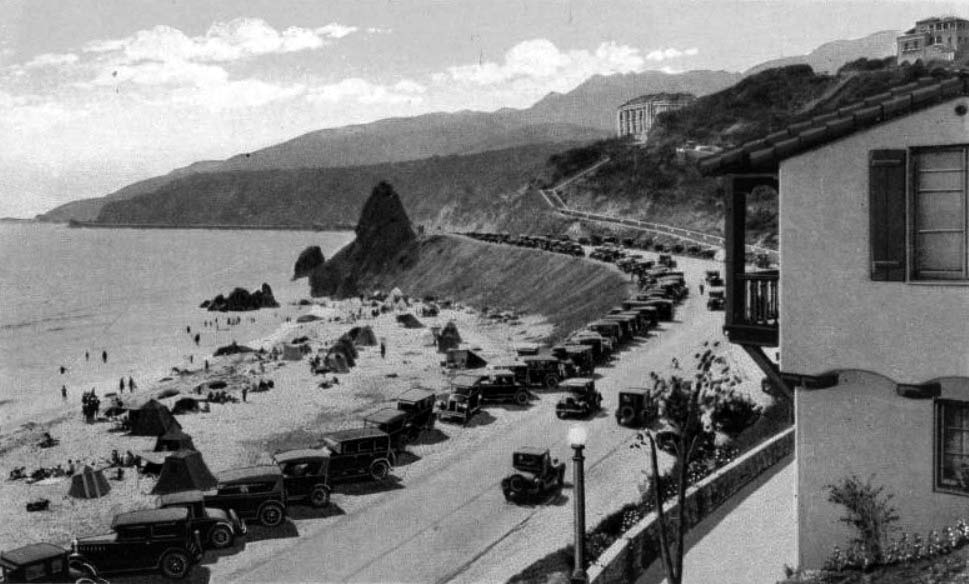
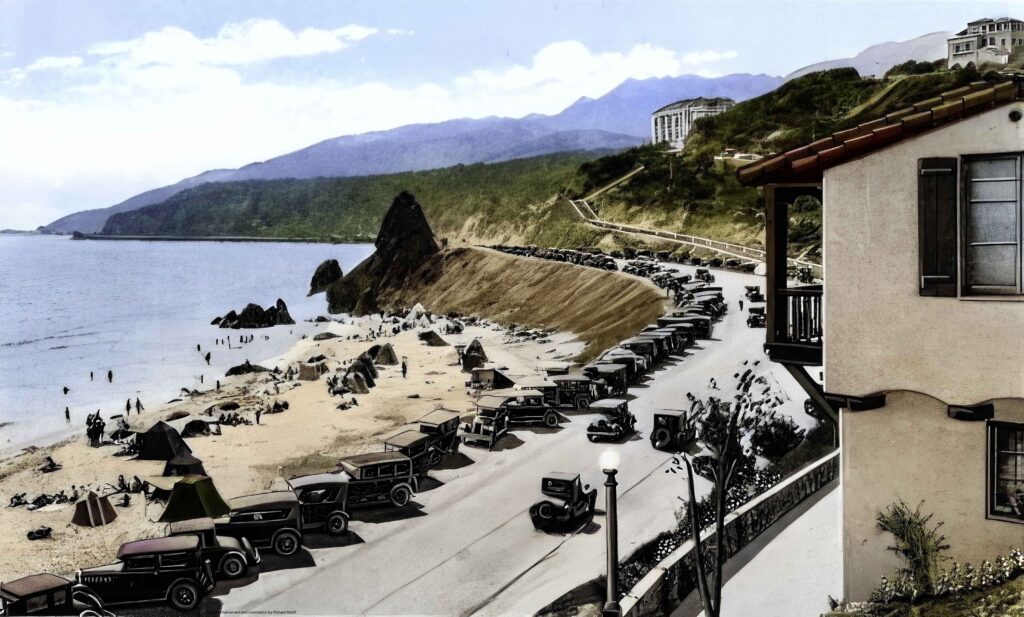
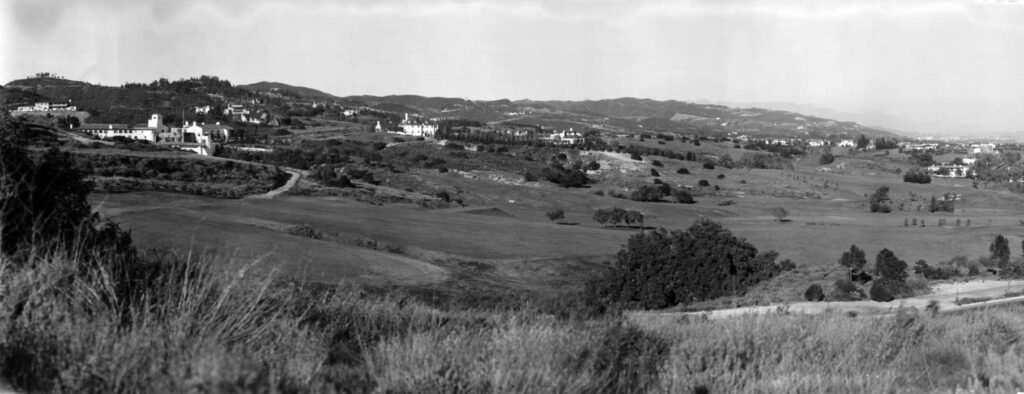
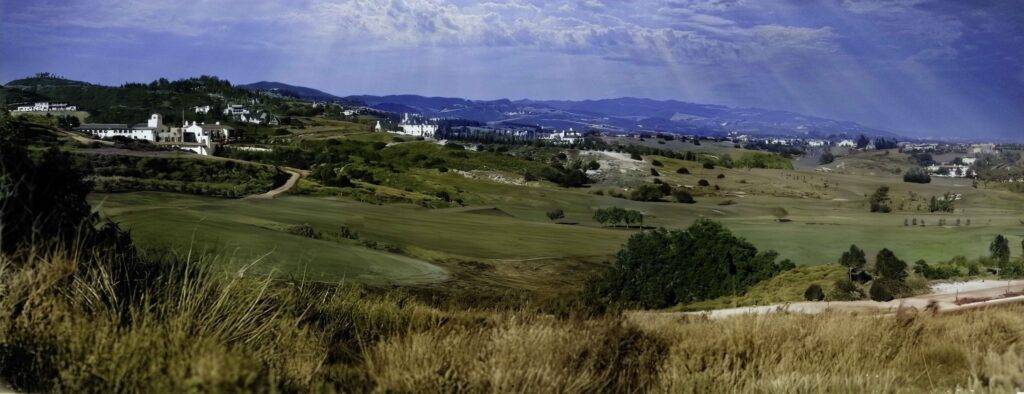

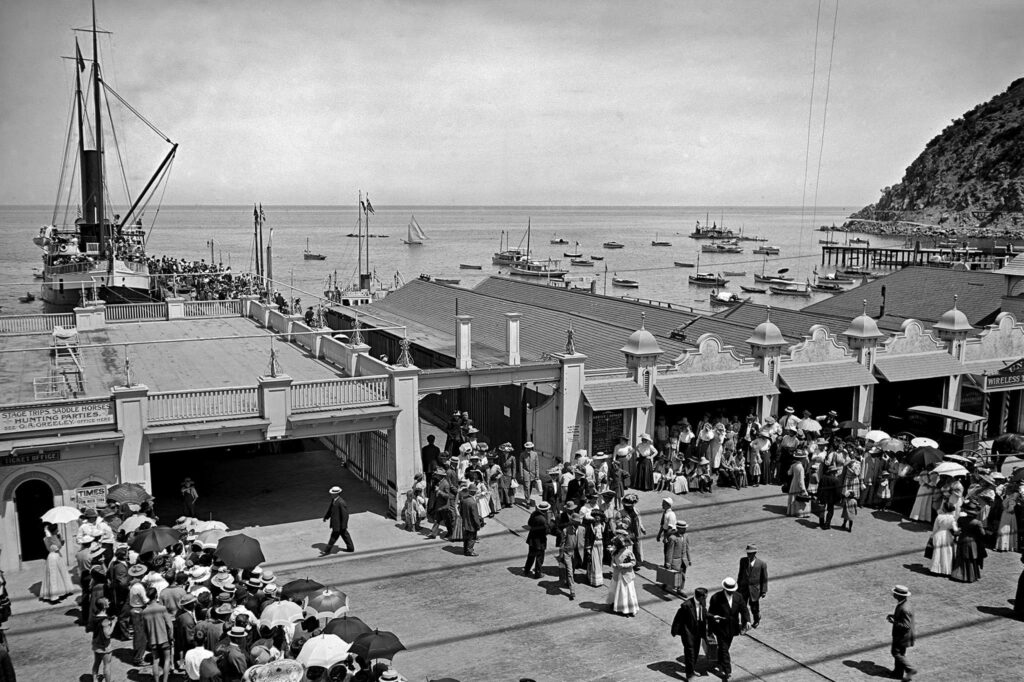
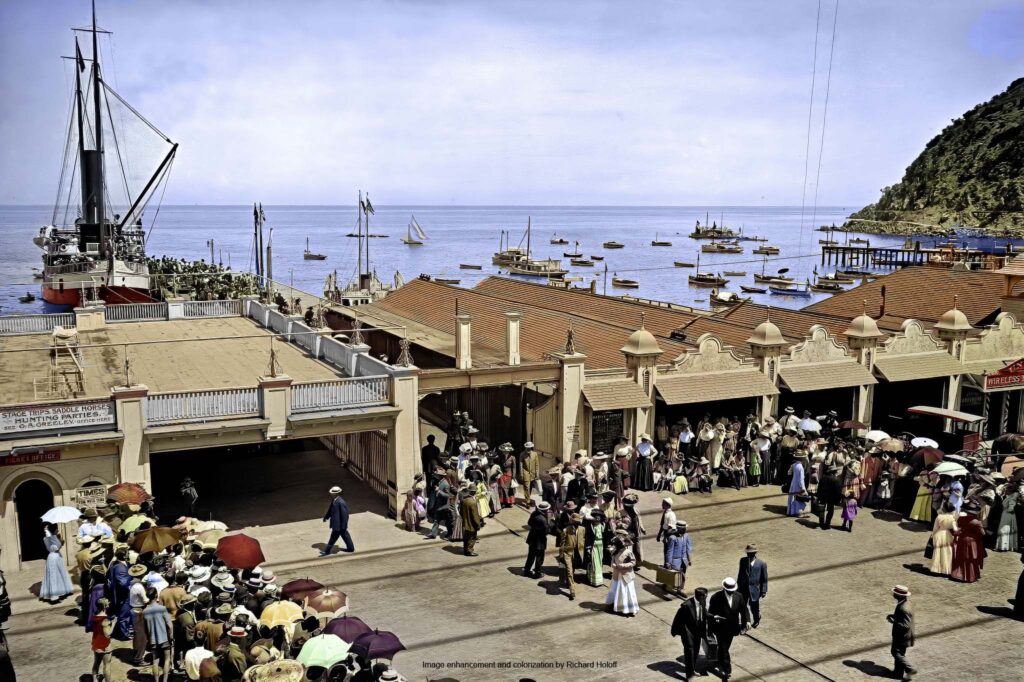

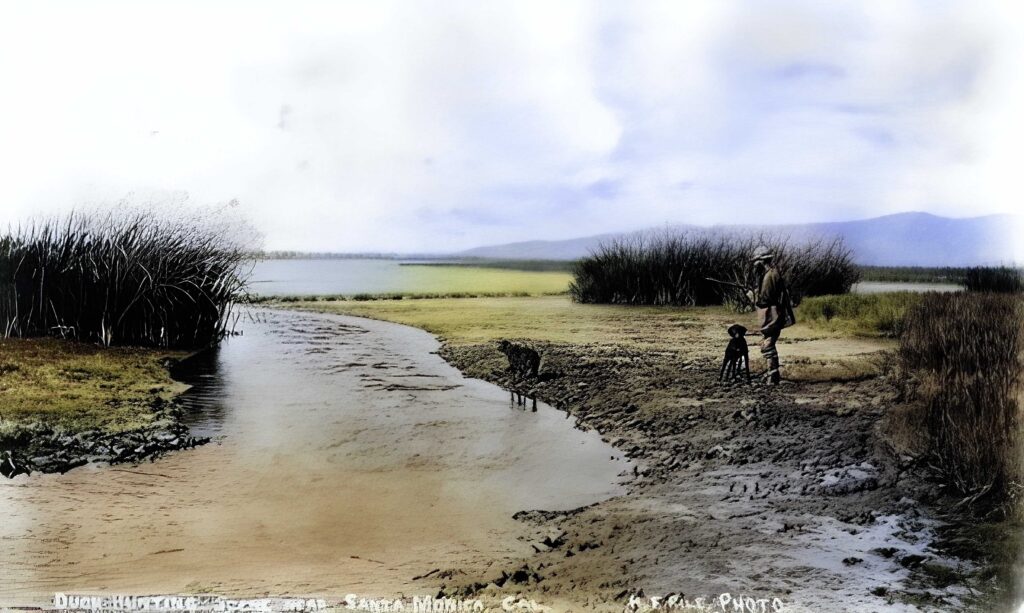
in regards to honorary mayor the obvious choice is James from Palisades Garden Cafe – a superstar !